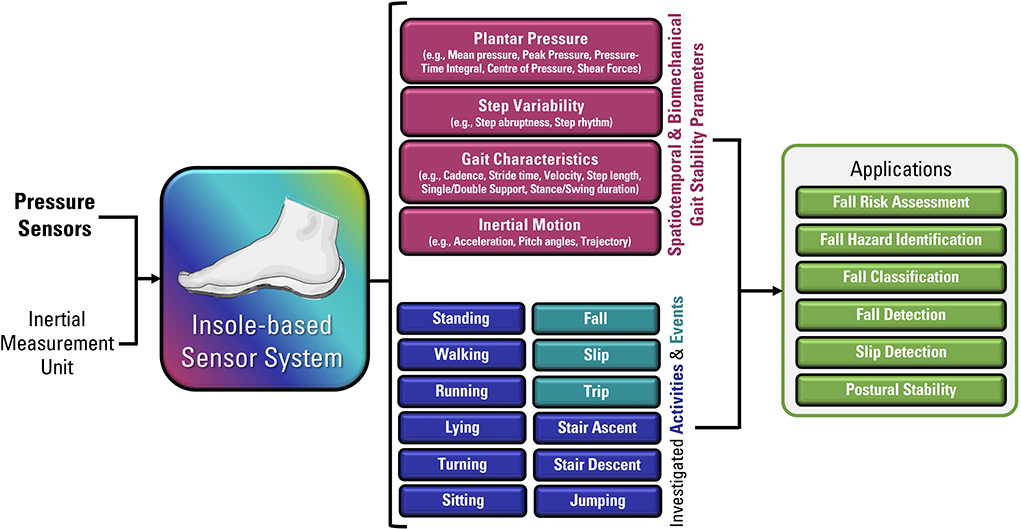9 Easy Facts About Dementia Fall Risk Described
9 Easy Facts About Dementia Fall Risk Described
Blog Article
Unknown Facts About Dementia Fall Risk
Table of Contents5 Easy Facts About Dementia Fall Risk ShownHow Dementia Fall Risk can Save You Time, Stress, and Money.Our Dementia Fall Risk IdeasSome Known Factual Statements About Dementia Fall Risk
A loss threat analysis checks to see just how most likely it is that you will drop. The analysis normally consists of: This includes a series of inquiries concerning your total health and wellness and if you have actually had previous falls or issues with balance, standing, and/or strolling.Interventions are suggestions that may decrease your threat of dropping. STEADI includes three actions: you for your threat of dropping for your risk aspects that can be enhanced to attempt to stop falls (for instance, equilibrium troubles, impaired vision) to lower your danger of dropping by making use of reliable approaches (for example, providing education and learning and sources), you may be asked several inquiries consisting of: Have you fallen in the previous year? Are you fretted concerning dropping?
If it takes you 12 secs or more, it might indicate you are at greater risk for a loss. This test checks strength and balance.
The placements will certainly get tougher as you go. Stand with your feet side-by-side. Relocate one foot midway forward, so the instep is touching the large toe of your other foot. Move one foot completely before the various other, so the toes are touching the heel of your various other foot.
The Best Guide To Dementia Fall Risk
A lot of drops occur as a result of multiple adding aspects; consequently, taking care of the danger of falling starts with determining the factors that add to drop risk - Dementia Fall Risk. A few of the most appropriate threat aspects include: History of previous fallsChronic clinical conditionsAcute illnessImpaired gait and equilibrium, reduced extremity weaknessCognitive impairmentChanges in visionCertain risky medications and polypharmacyEnvironmental aspects can likewise increase the threat for drops, consisting of: Inadequate lightingUneven or harmed flooringWet or slippery floorsMissing or damaged hand rails and grab barsDamaged or incorrectly fitted devices, such as beds, wheelchairs, or walkersImproper use assistive devicesInadequate supervision of individuals living in the NF, including those that display hostile behaviorsA effective autumn risk management program calls for a complete medical evaluation, with input from all participants of the interdisciplinary team

The treatment strategy should also consist of treatments that are system-based, such as those that advertise a risk-free environment (ideal lighting, handrails, get hold of bars, etc). The efficiency of the treatments ought to be reviewed regularly, and the treatment plan changed as required to show changes in the loss threat evaluation. Executing an autumn risk administration system using evidence-based ideal technique can reduce the prevalence of drops in the NF, while restricting the possibility for fall-related injuries.
Dementia Fall Risk - Truths
The AGS/BGS guideline advises screening all adults matured 65 years and older for fall danger yearly. This testing contains asking people whether they have dropped 2 or more times in the past year or looked for medical interest for a loss, or, if they have actually not dropped, whether they really feel unstable when walking.
People that have dropped once without injury must have their equilibrium and stride reviewed; those with click over here stride or equilibrium irregularities ought to receive additional analysis. A history of 1 loss without injury and without stride or balance troubles does not warrant further assessment beyond continued yearly loss risk screening. Dementia Fall Risk. A loss danger assessment is called for as part of the Welcome to Medicare examination

The Main Principles Of Dementia Fall Risk
Documenting a falls background is one of the quality indications for fall prevention and monitoring. A crucial part of danger analysis is a medicine testimonial. Several courses of medications raise why not try here autumn risk (Table 2). Psychoactive drugs particularly are independent predictors of drops. These medicines tend additional resources to be sedating, change the sensorium, and harm balance and stride.
Postural hypotension can usually be relieved by decreasing the dosage of blood pressurelowering medicines and/or stopping medicines that have orthostatic hypotension as a side result. Use above-the-knee assistance hose and copulating the head of the bed boosted might likewise reduce postural decreases in high blood pressure. The preferred components of a fall-focused health examination are received Box 1.

A Yank time greater than or equivalent to 12 seconds recommends high loss threat. Being unable to stand up from a chair of knee height without using one's arms suggests enhanced autumn danger.
Report this page